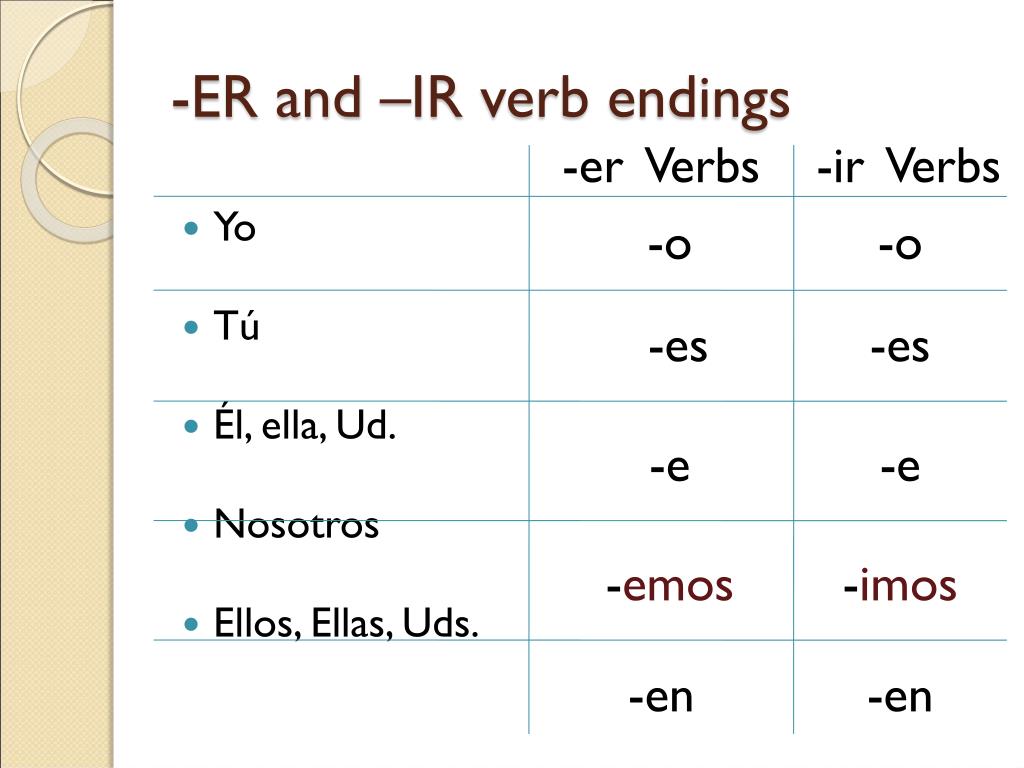

My friend, Camille, at has helped thousands of students to build a solid base in their French speaking since 1999. Speed up your learning with the right audio course For an example, we’ll look at the verb finir, which means to finish. In this category, all infinitives start with an -ir and the endings are as follows: -is, -is, -it, -issons, -issez-, -ssent. The next group of regular verbs is regular -ir verbs. Here’ a link to a page with exercises covering regular -er verbs in the present tense. Here are several regular -re verbs which you will most certainly need to know for everyday conversations: Off all the groups of regular verbs, regular -er verbs are the most common. The table below shows several common regular -er verbs in the present tense: aimer (to like, love), chanter (to sing), danser (to dance), jouer (to play), écouter (to sing), étudier (to study), travailler (to work), dîner (to have dinner), habiter (to live). So, to conjugate regarder we just attach the same endings as parler. Let’s look at another example of a regular -er verb. Thus, for all regular -er verbs, the pattern of the endings is the exact same as parler.

The endings are -e, -es, -e, -ons, -ez and -ent. For a regular -er verb, the stem includes all of the letters leading up to the -er. The verb endings are the letters that are attached to the stem. The parl- part of the verb is called the verb stem or root. All verbs which end in -er in the infinitive form and have the same patterns in their endings are thus called regular -er verbs. In the infinitive form (the “to” form, as in “to speak”), it ends in -er.



 0 kommentar(er)
0 kommentar(er)
